
TAGTIK NEWS - TO THE POINT
Born on October 13: Paul Simon, one of the greatest composers of American popular music
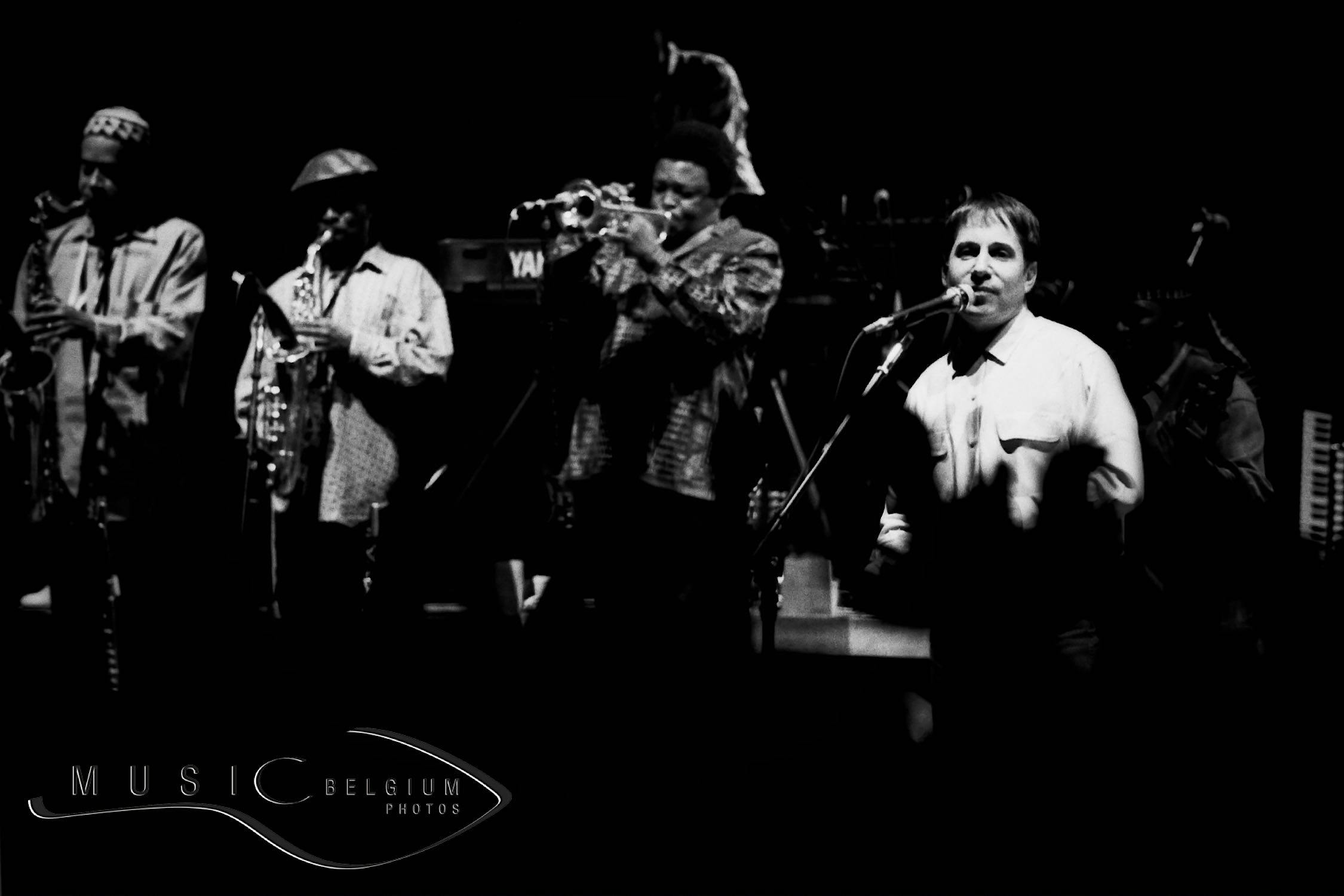
The son of an English teacher mother and a musician father, he was born in Newark, New Jersey in 1941 into a Jewish family of Hungarian origin.
Before embarking on a solo career, he was first known for his collaboration with Art Garfunkel, whom he met at his school in Forest Hills, Queens, New York. Together, in the late 1950s, they formed the duo Simon & Garfunkel, still renowned today for the finesse of their vocal harmonies over acoustic accompaniments close to folk. Also inspired by the Everly Brothers (whom they even invited on stage on one occasion or another), they achieved their first success in 1957 with the single "Hey Schoolgirl." If we ignore the famous "Concert In Central Park" in 1982 (a short-lived reunion that served as the pretext for a short world tour), Simon & Garfunkel recorded only five albums between 1964 and 1970. These albums, like "Sounds of Silence" (1966) and "Bridge Over Troubled Waters" (1970), left an indelible mark on the history of American popular music. The title tracks from these two albums, as well as "Mrs. Robinson," "El Condo Passa," "Slip Slidin' Away," "Bye Bye Love," and "Cecilia," have transcended generations and have been a favorite at Scout camp parties for ages.
During his solo career, since "The Paul Simon Songbook" in 1972, the singer has composed an impressive number of melodies that have survived the years while retaining their relevance. Today, let's focus solely on songs dedicated to or inspired by his loves. Already during his Simon & Garfunkel days, he mentioned his first love at first sight: Englishwoman Mary Chitty, the main subject of "Kathy's Song." His separation from Peggy Harper in 1975 served as the basis for "50 Ways to Leave Your Lover," one of his most beautiful songs. For actress Carrie Fisher, who would become his second wife, a somewhat chaotic marriage, he wrote "Hearts & Bones." For his third official relationship, he ended up simply putting a ring on Eddie Brickell's finger in May 1992, the singer of the New Bohemians. He had undoubtedly fallen under the spell of "What I Am," their hit released in November 1988!
Also an actor, for a brief appearance in Woody Allen's "Annie Hall" or for "One-Trick Pony" in 1980 for which he also wrote the screenplay, Paul Simon is also remembered for his commitment to the fight against apartheid in South Africa. At the time, Johnny Clegg aka the White Zulu, had already embraced the same fight with "Scatterings Of Africa" but Paul Simon was nevertheless one of the first to take the road to the South African ghettos to work notably with Ladysmith Black Mambazo and the Boyoyo Boys. His approach has been variously appreciated. The association Artists United Against Apartheid thus accused him not only of cultural appropriation but also of breaking the cultural embargo imposed on the South African government. The 1987 album "Graceland" and the subsequent tour featuring mostly African artists nevertheless, in my opinion, contributed to the gradual repeal of the racial laws of Frederik de Klerk's regime, starting in February 1990.
Paul Simon's latest album, the mystical "Seven Palms," was released in 2023. It is a long, 33-minute acoustic piece sung in the style of a troubadour. Although he announced his retirement from the stage in 2018, and despite some health problems (particularly hearing problems), the singer rediscovered the pleasure of performing in public again in 2025, giving intimate, acoustic performances.
(MH with Stéphane Soupart - Photo : Etienne Tordoir)
Photo: Paul Simon with Ladysmith Black Mambazo on stage at Forest-National in Brussels (Belgium) during the "Graceland" tour on February 4, 1982
LATEST NEWS

Jafar Panahi Wins New York Award and is Sentenced to Prison by Iran

Born on December 2: Peter Kingsbery, founder of Cock Robin with firebrand Ana LaCazio
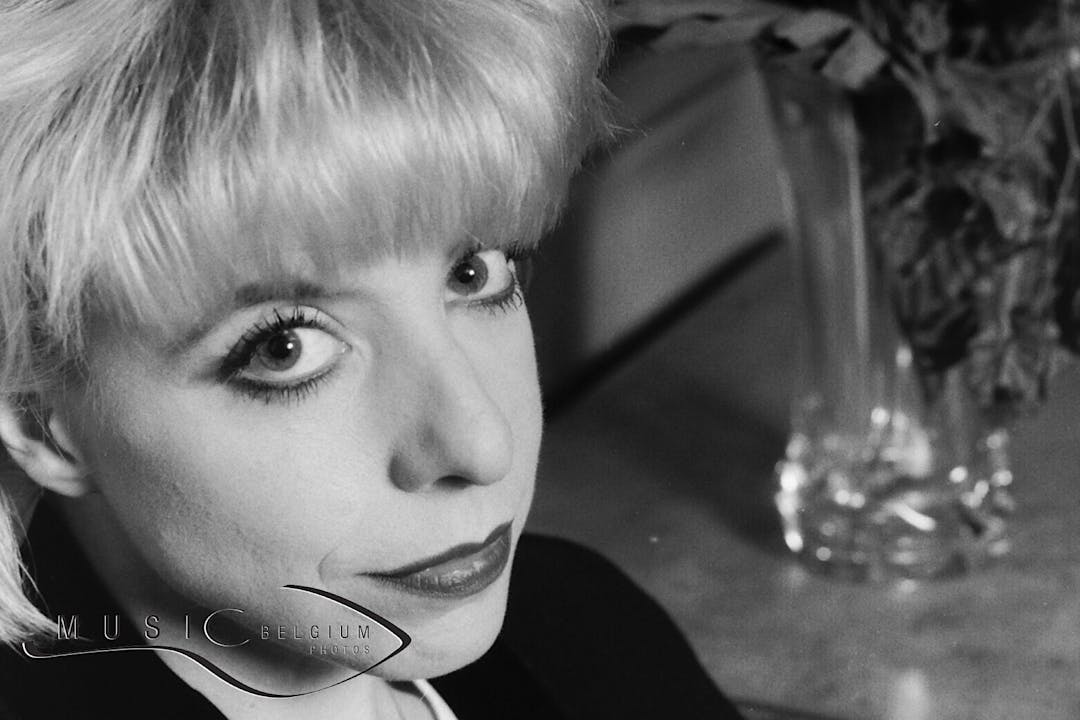
Born on December 1: Julee Cruise, "Twin Peaks'" haunting voice
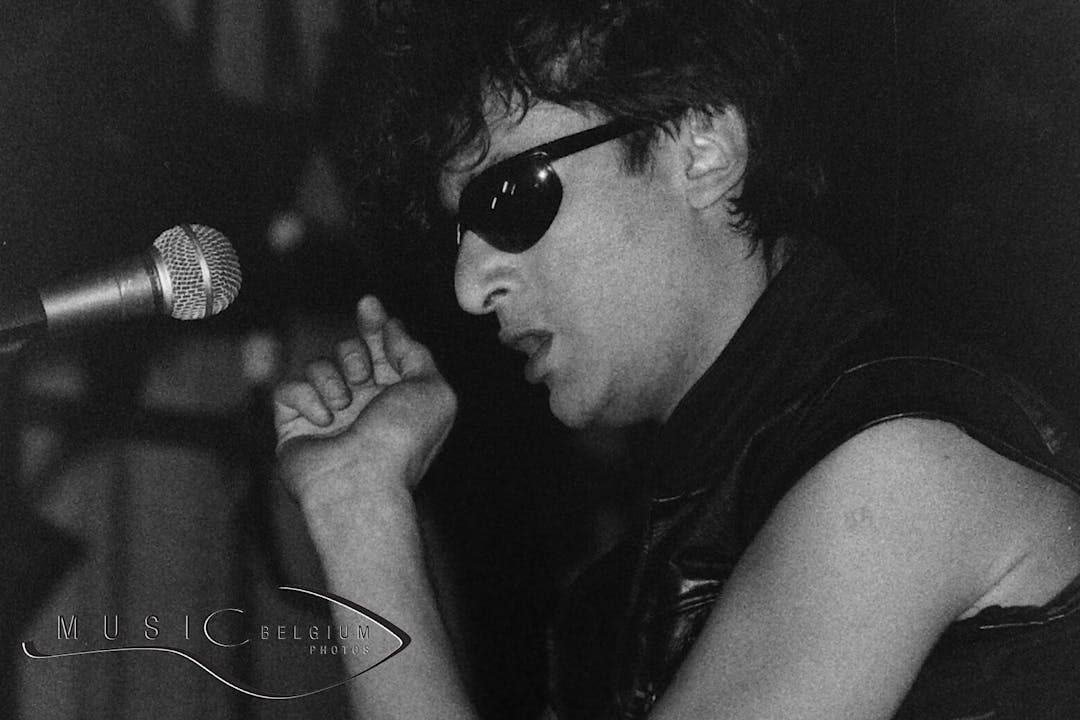
Born on December 1st: Alain Bashung, French rock poet who waited a long time for success
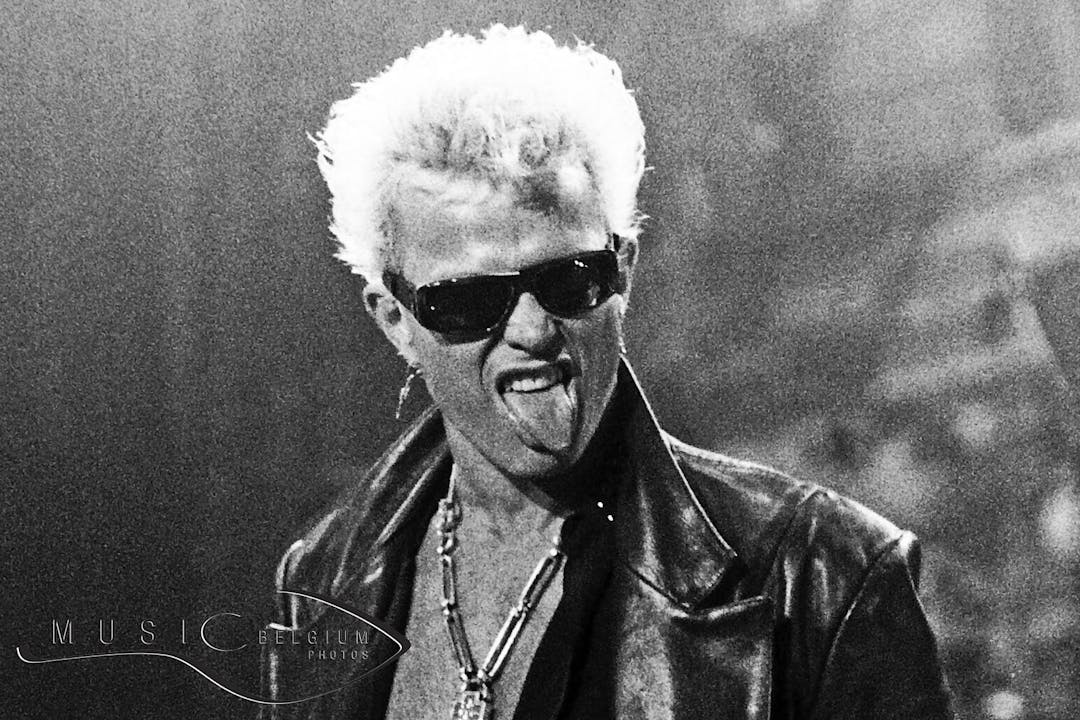
Born on November 30: Billy Idol, the (kind) rebel of Generation X
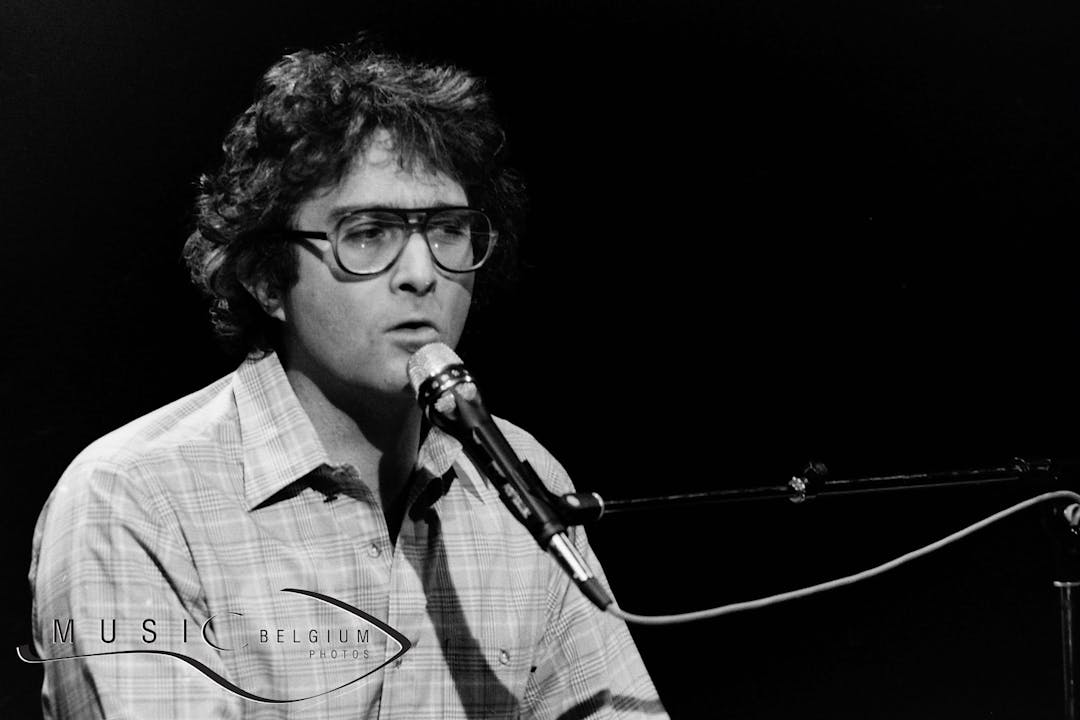
Born on November 28: Randy Newman tells stories and makes movies
Quick links